Scandinavian countries have some of the highest life expectancies in Europe despite freezing cold temperatures and long periods of darkness in winter.
Nordic people are some of the fittest on Earth, and a lot of people believe that is to do with their tradition of alternating cold water plunges with sauna sessions.
There’s evidence that exposure to hot and cold temperatures can benefit the body in a number of important ways, including improving the immune system and affecting metabolism.
The approach has been popularised across Western countries over the last few years. There’s even been the rise of personalities like Wim Hof, who has created a whole persona and business around embracing cold.
Now, a new study has shown how the combination of hot and cold causes changes in the bodies of young Scandinavian men.
What The Study Found
Scientists from the University of Copenhagen took eight young men who had been alternating cold dips with sauna for at least two years.
They compared them with a control group and found the way their bodies burned brown fat, also known as brown adipose tissue (BAT), to create heat was different.
In the first stages of the study, the participants submerged one hand in cold water for three minutes.
Interestingly, the swimmers had a lower rise in heart rate and blood pressure, which pointed to greater cold tolerance.
The same results were found when the participants were wrapped in water-perfused blankets to lower their temperatures.
In both tests, the swimmers also had a higher skin temperature. This meant they had greater heat loss which was probably an adaptation caused by the regular sauna sessions.
Next, the researchers measured brown fat cell activation when the swimmers and non-swimmers were in a comfortable environment.
The non-swimmers had higher levels of glucose in their blood, indicating activation of brown fat cells, while the regular swimmers showed no activation, much to the surprise of the researchers.
"Winter swimmers burned more calories than control subjects during cooling, possibly in part due to higher heat production," Camilla Scheele, one of the study’s authors said.
They had expected the swimmers to have higher activation of brown fat cells, but instead found they were simply better at regulating their body temperature.
What It All Means
The results show combining cold exposure with sauna can change your metabolism so you burn more calories at rest. This is important for all kinds of people, including athletes who are looking to cut weight.
"Regular winter swimming combining cold dips with hot sauna might be a strategy to increase energy expenditure, which could result in weight loss if compensatory increase in food intake can be avoided," Scheele said.
While it was a small study that only looked at a very narrow part of the population, the results could still have big implications.
“Our results point to winter swimming as an activity that could increase energy expenditure, thus proposing a new lifestyle activity that might contribute to weight loss or weight control," Scheele added.


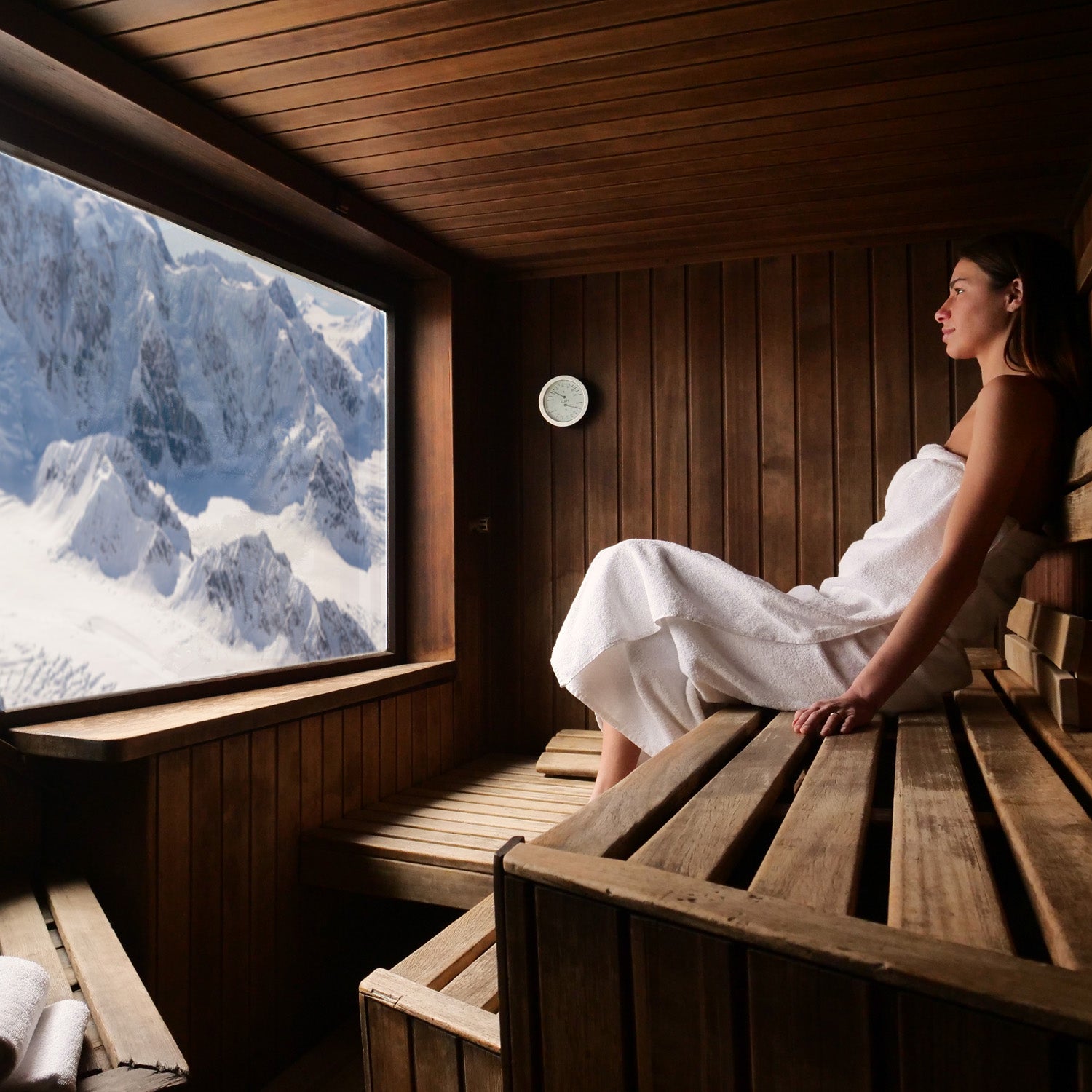
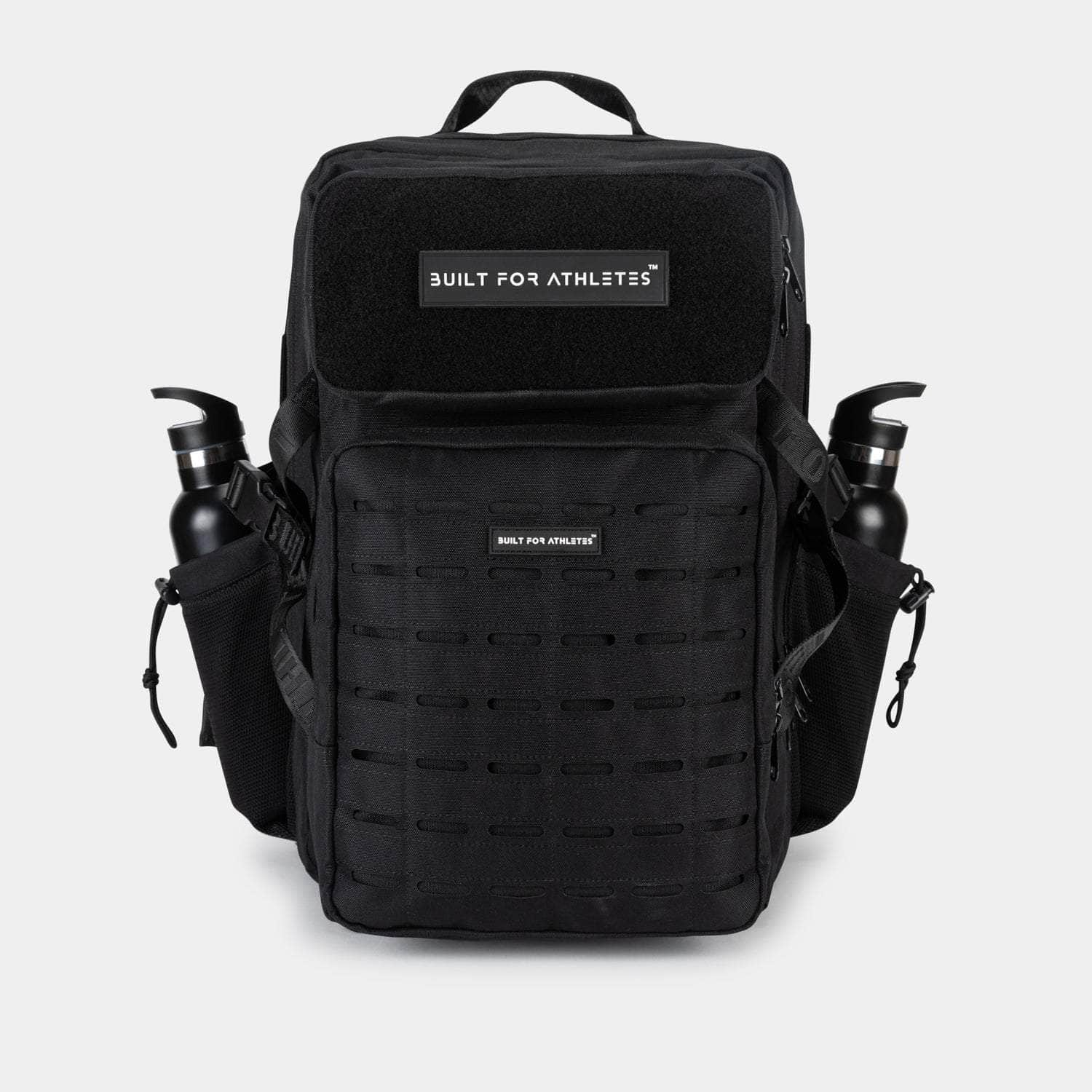
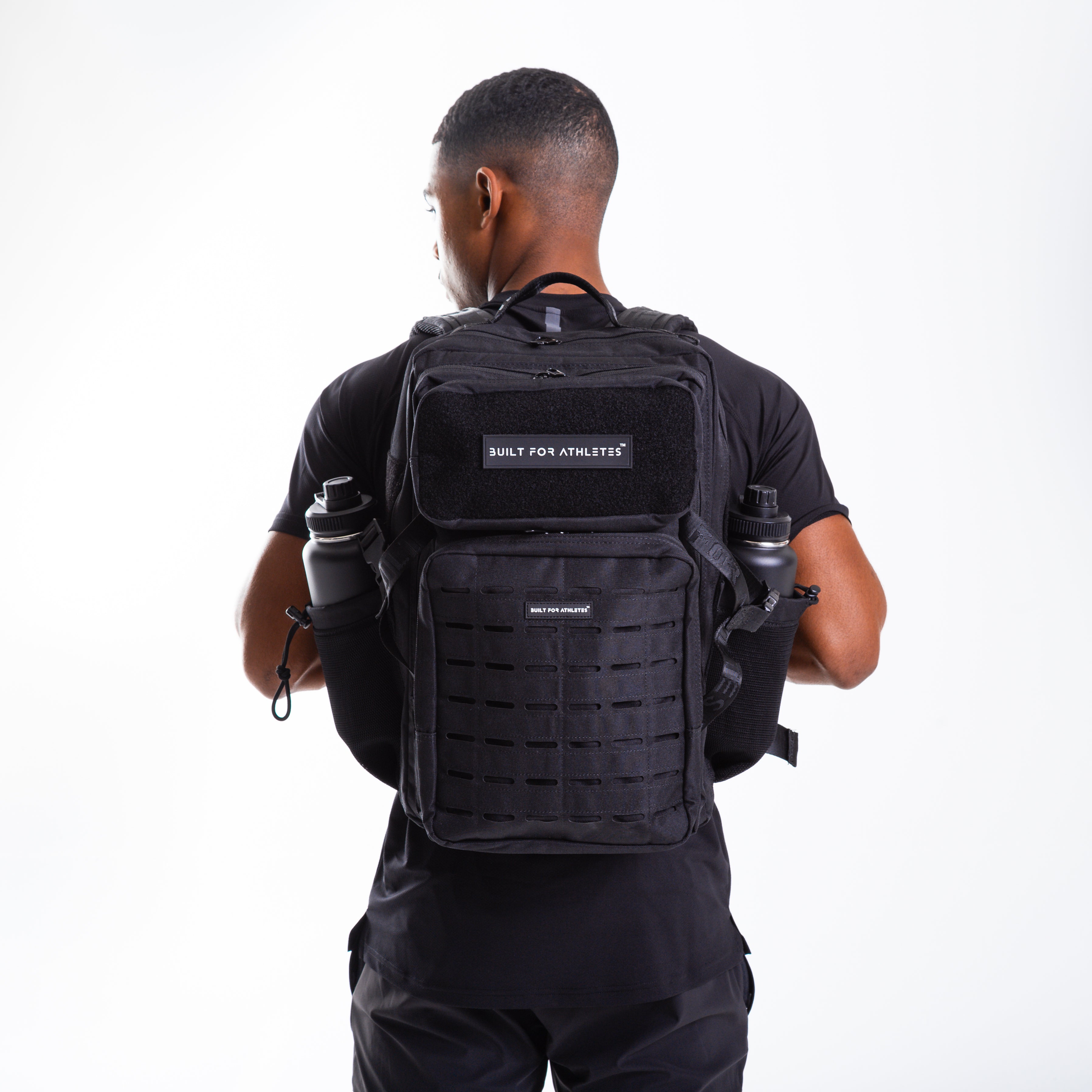
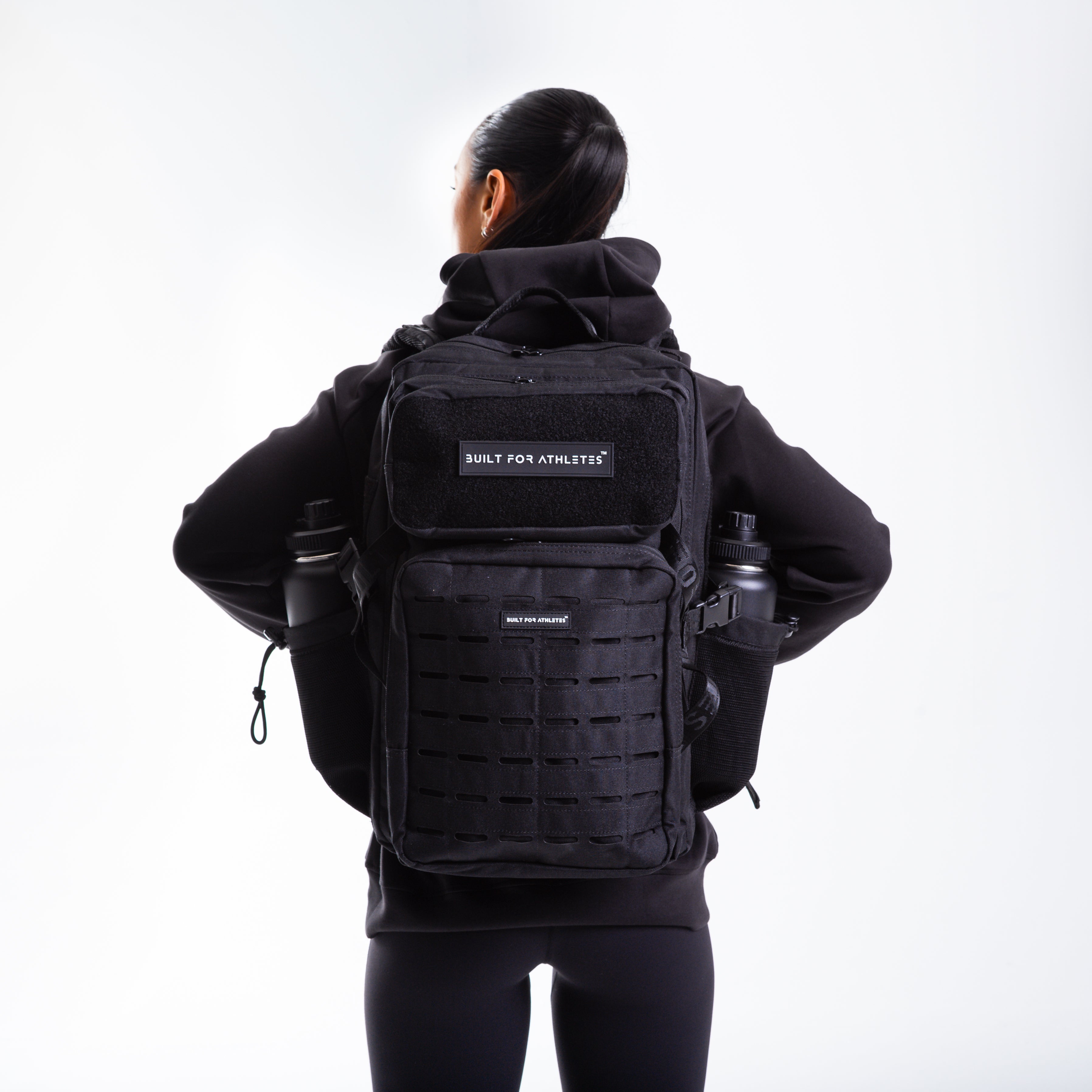
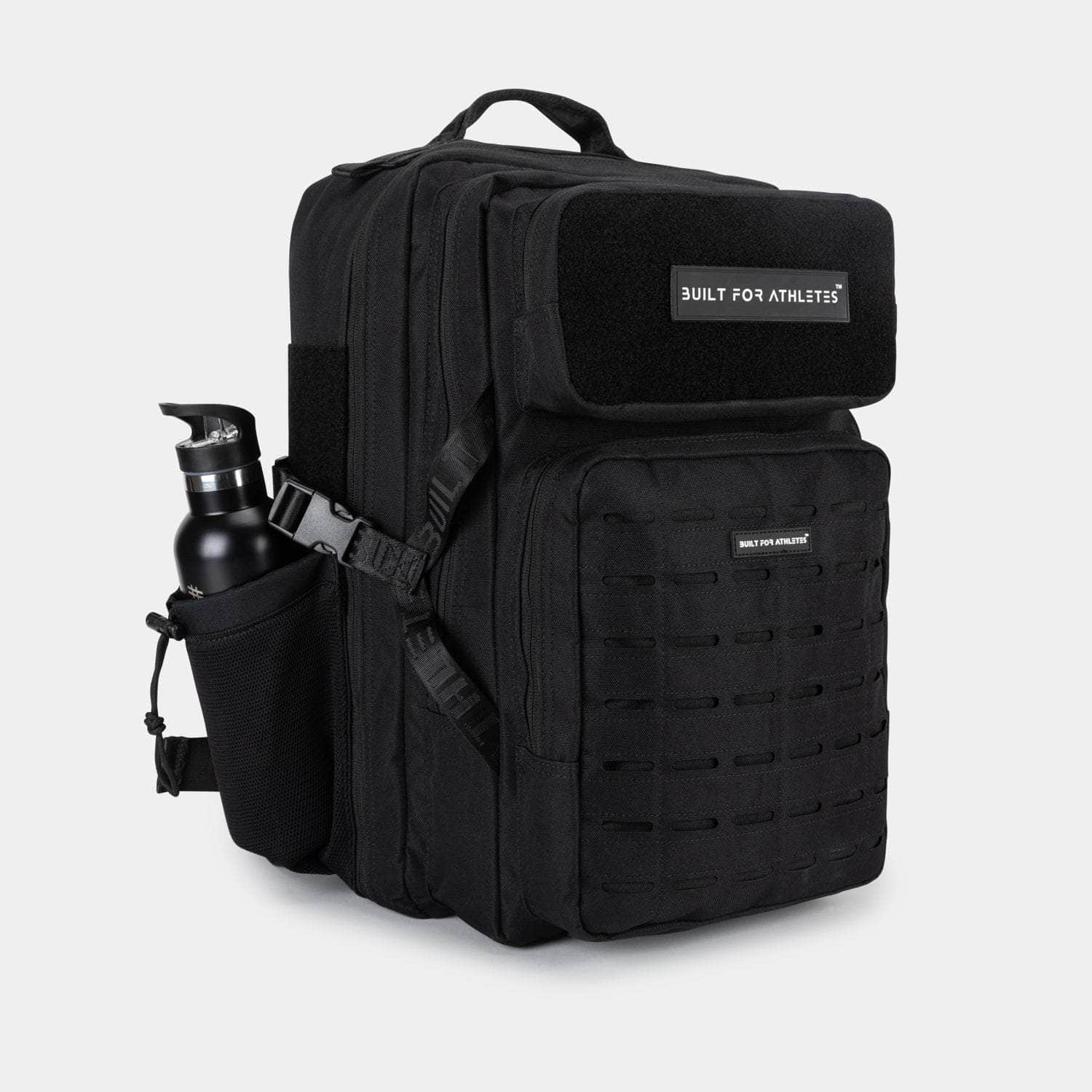





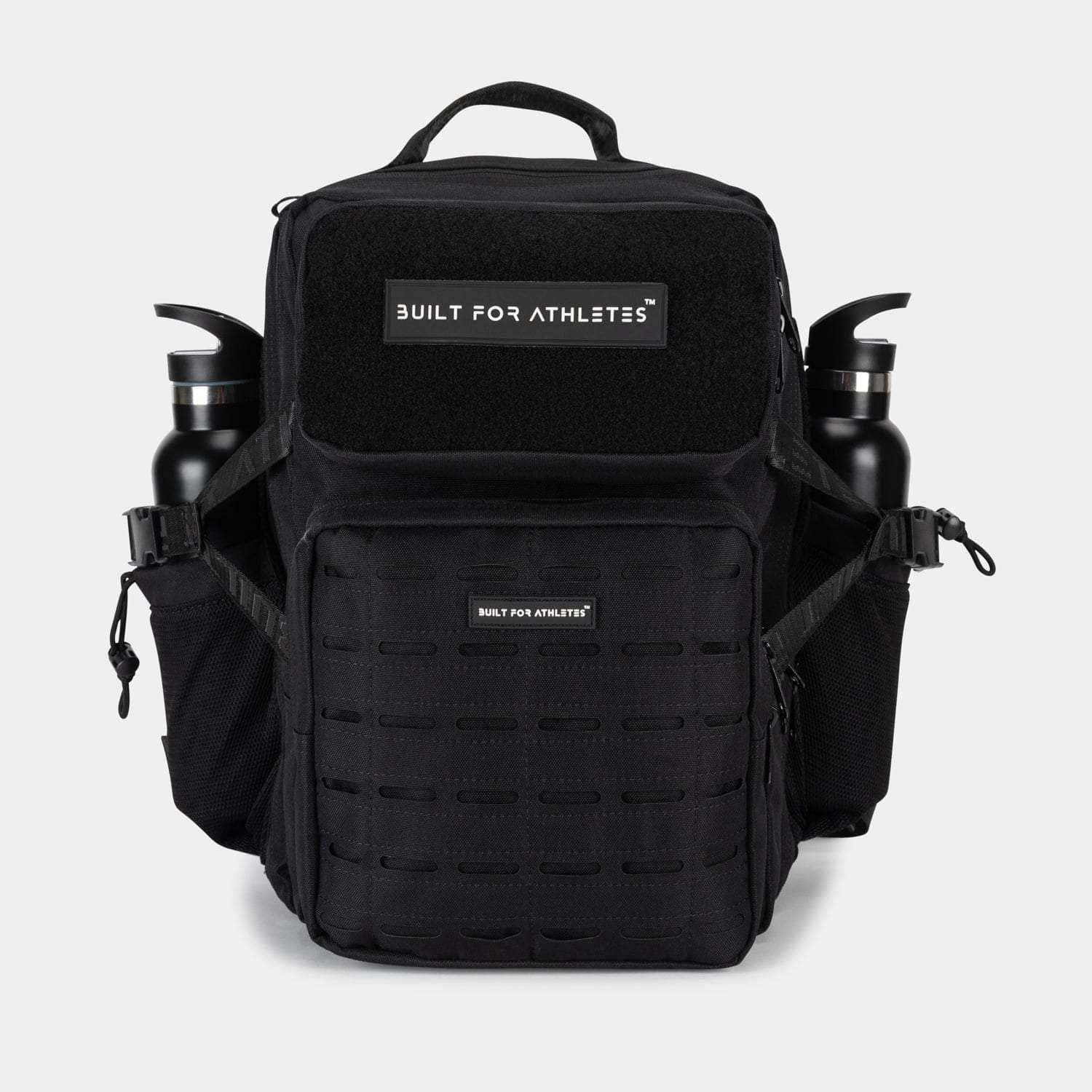
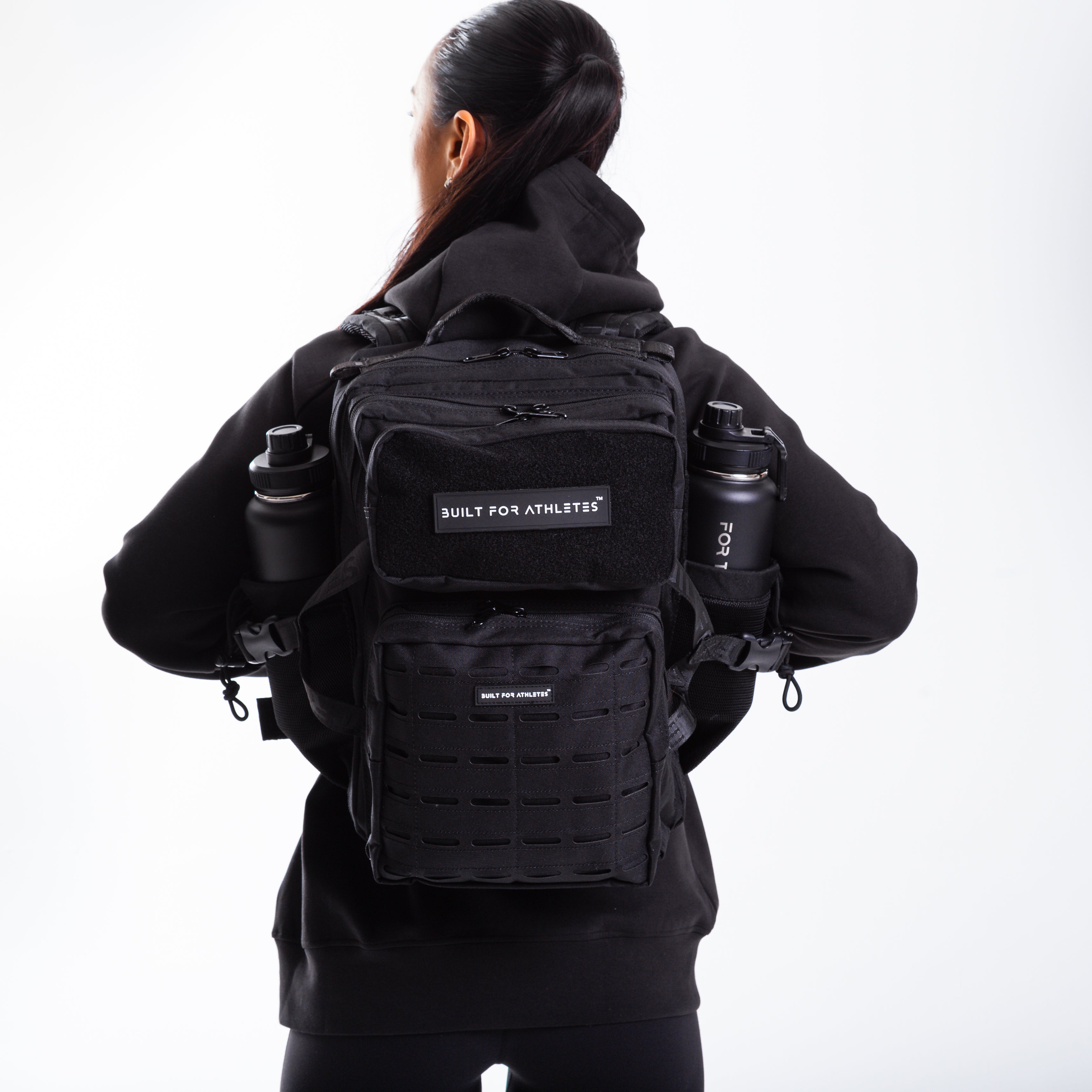

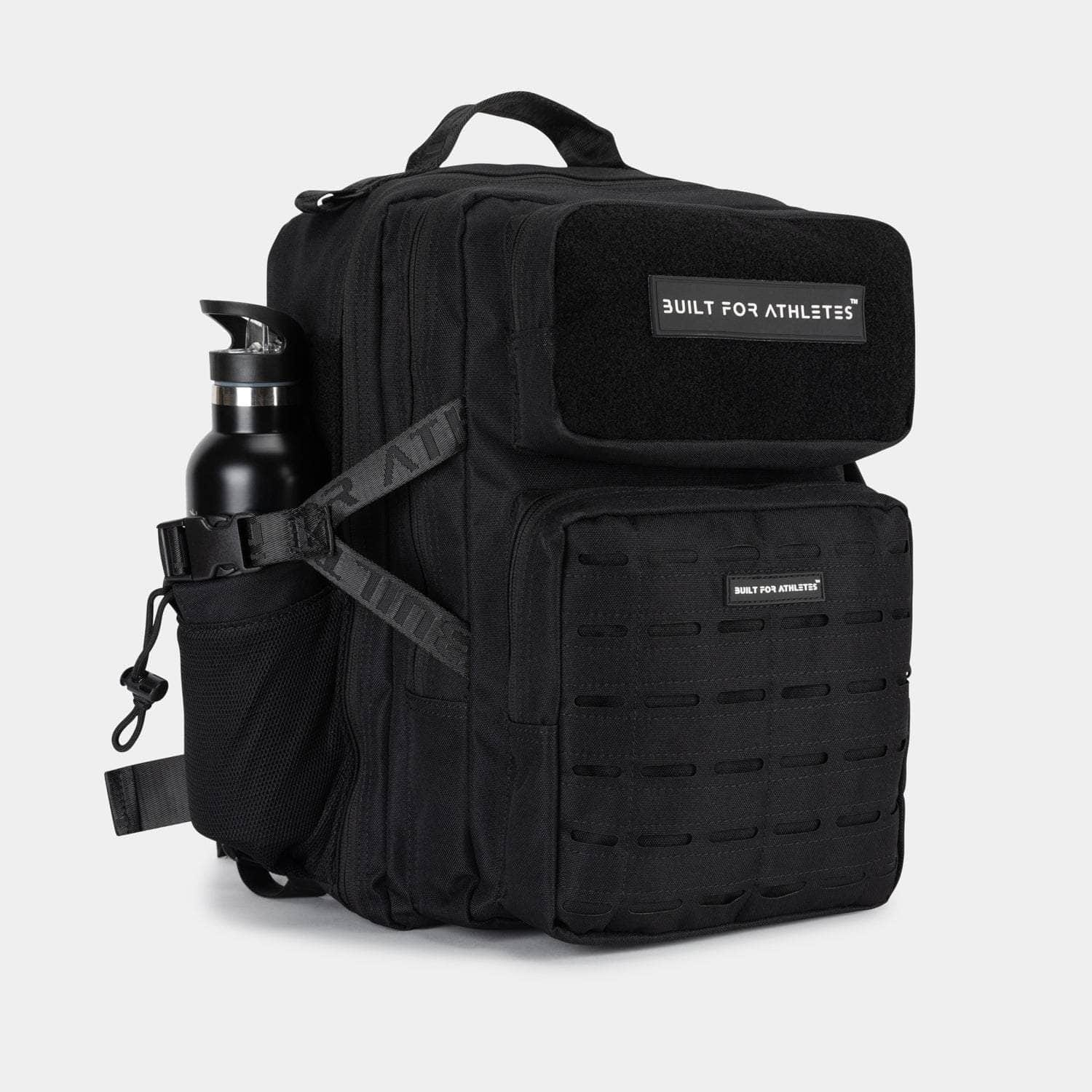



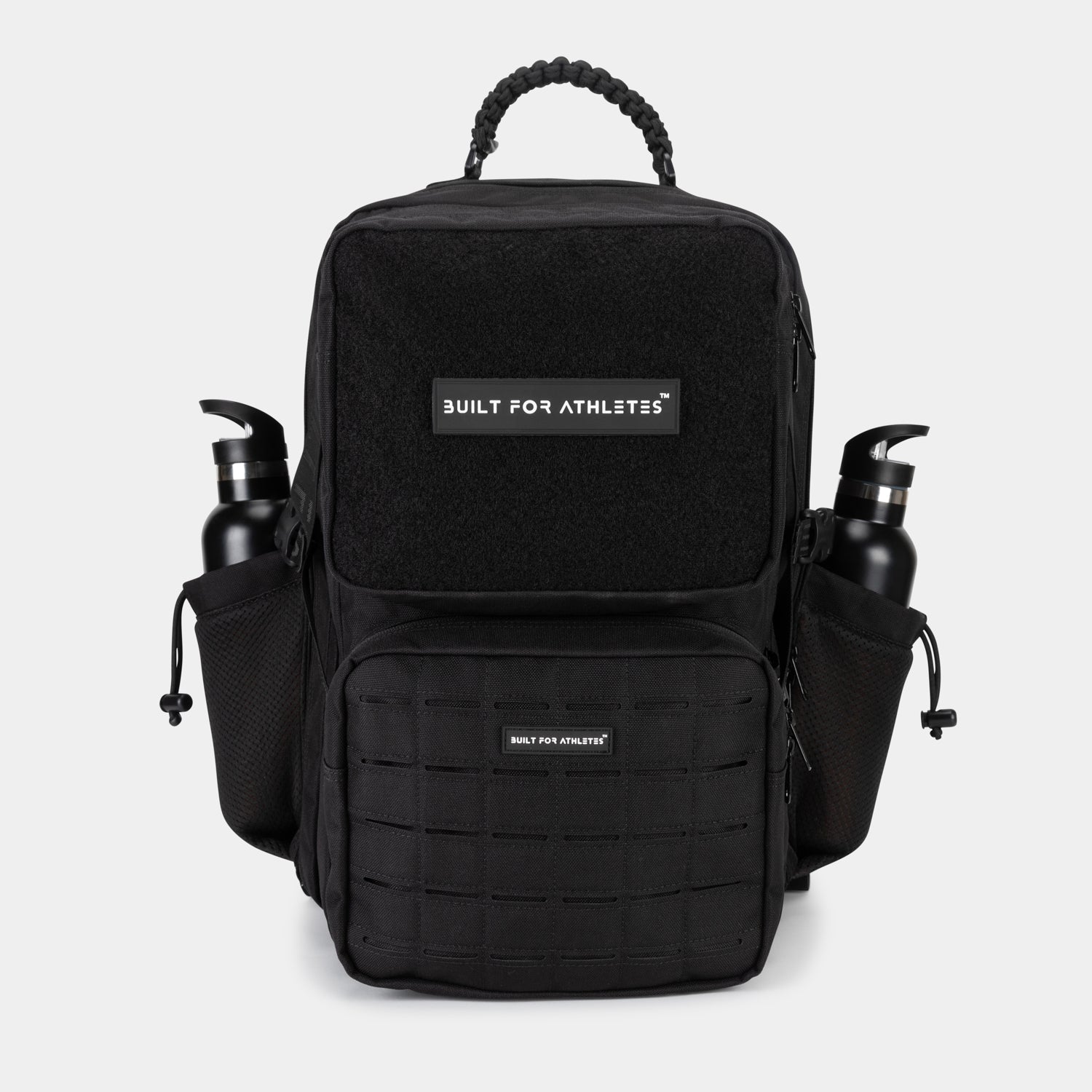
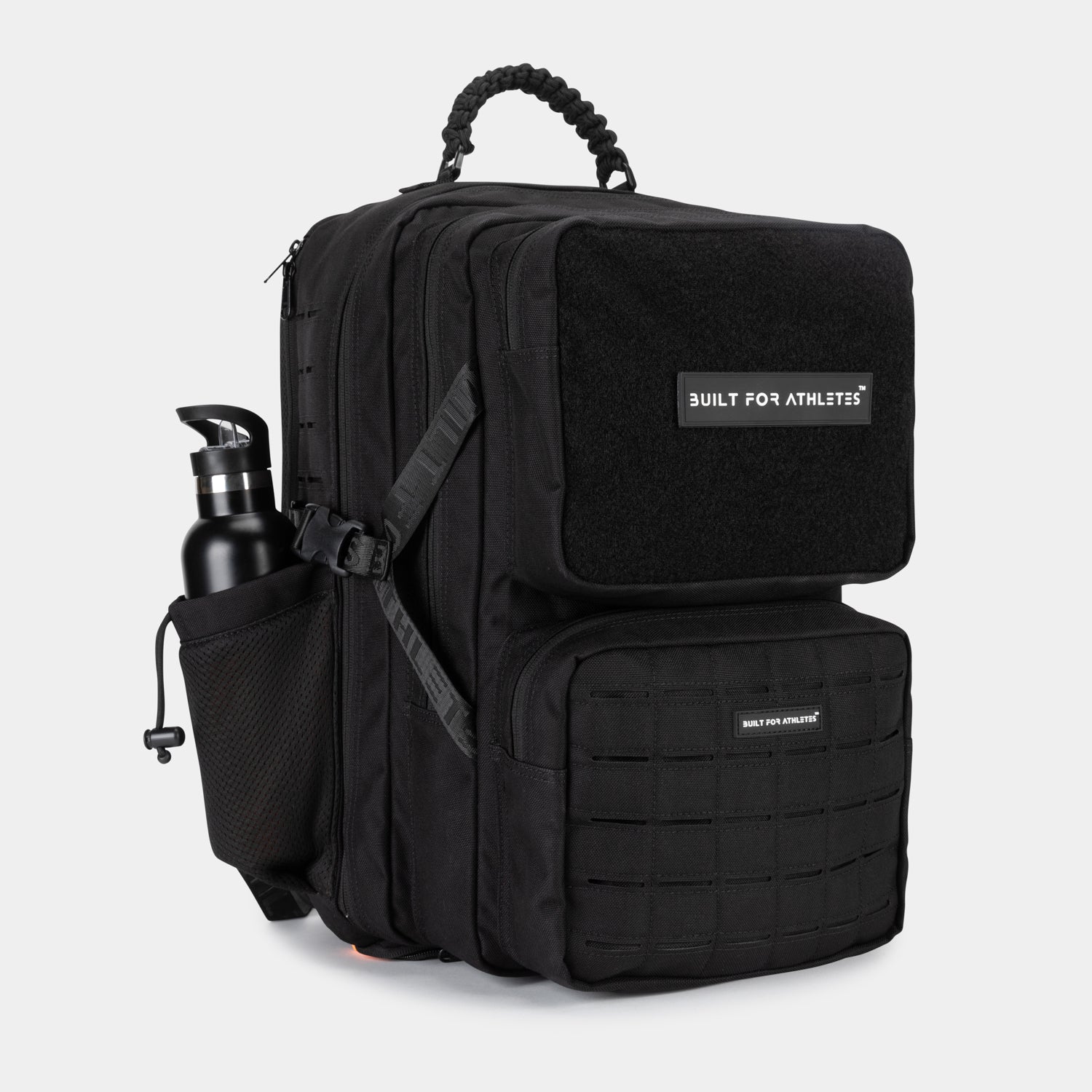

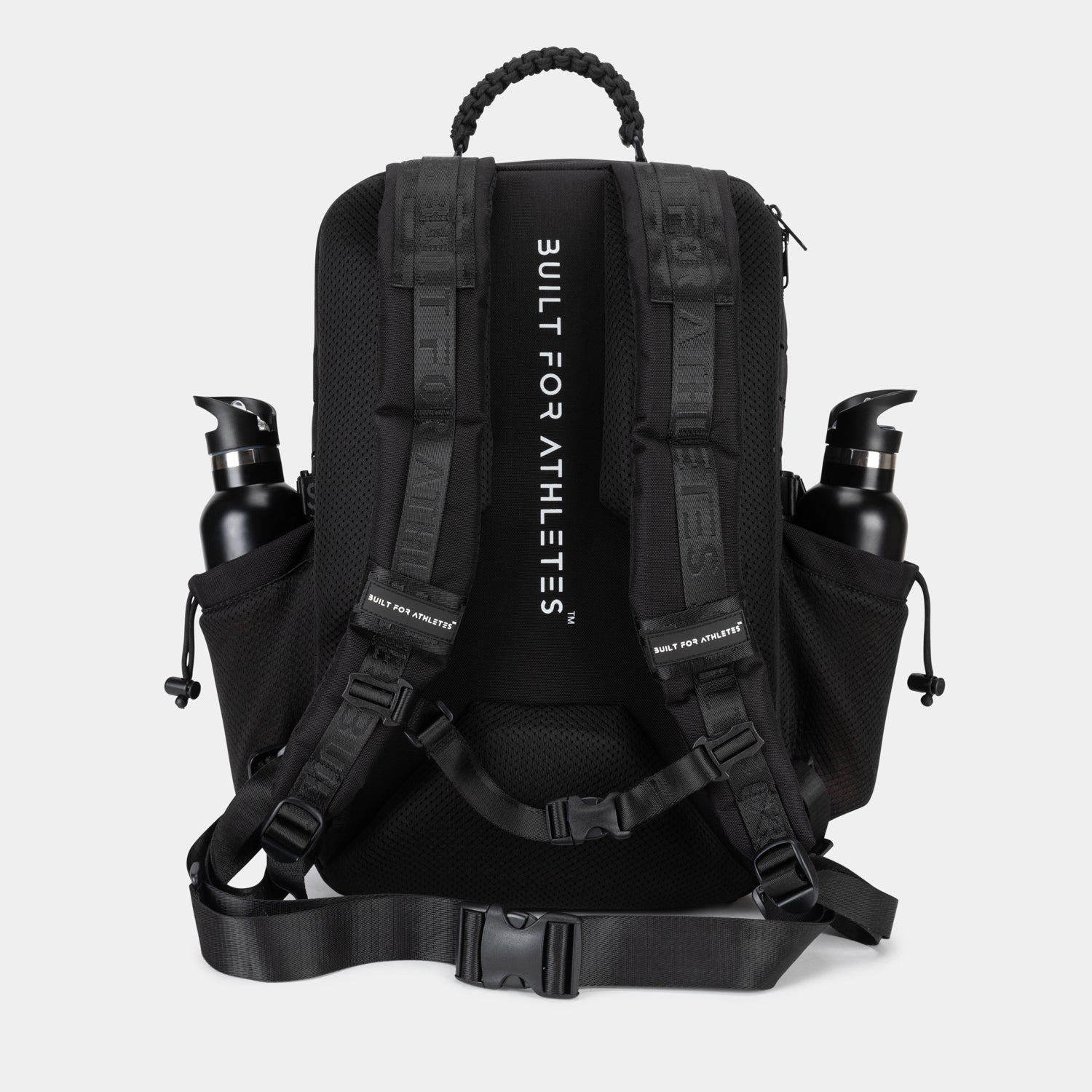








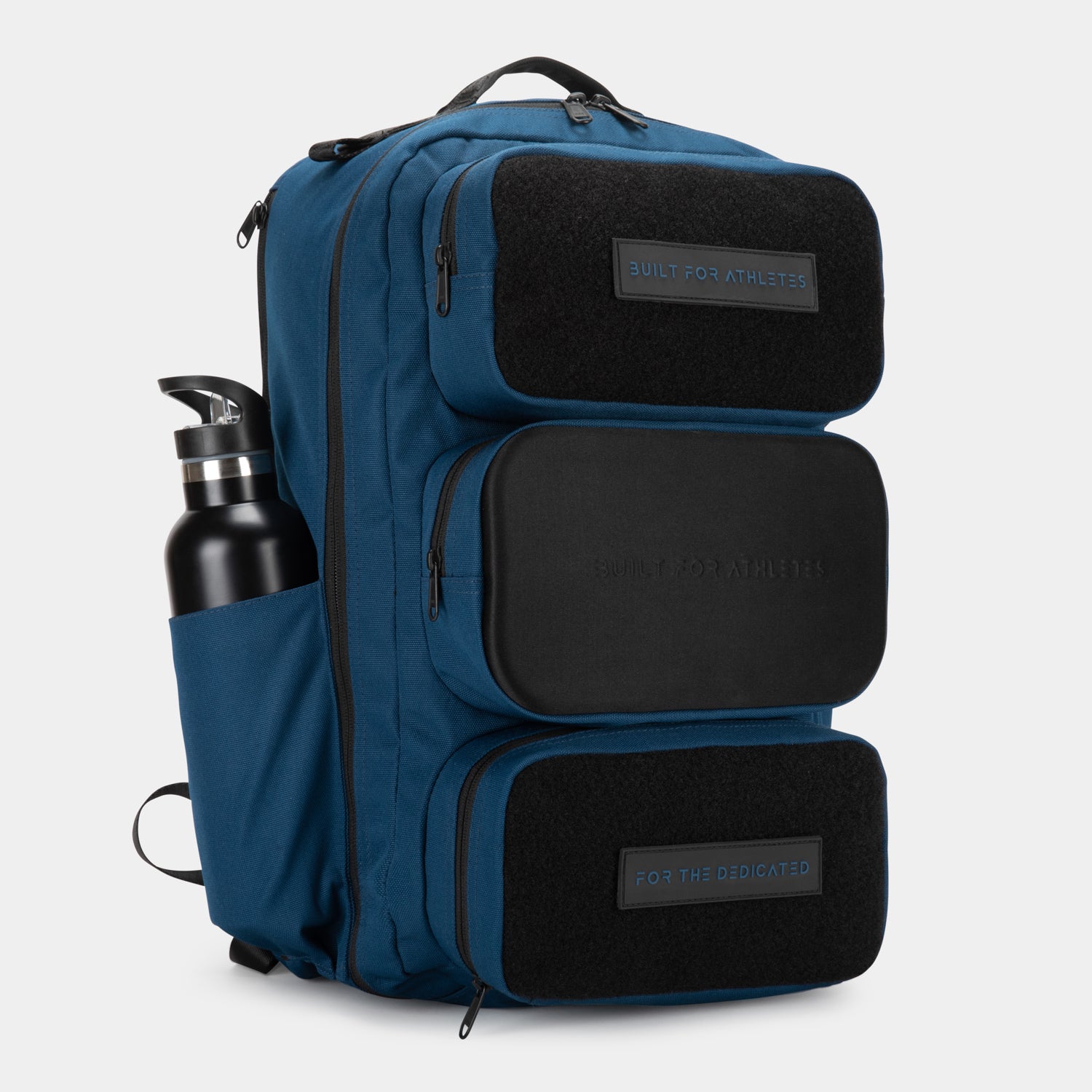

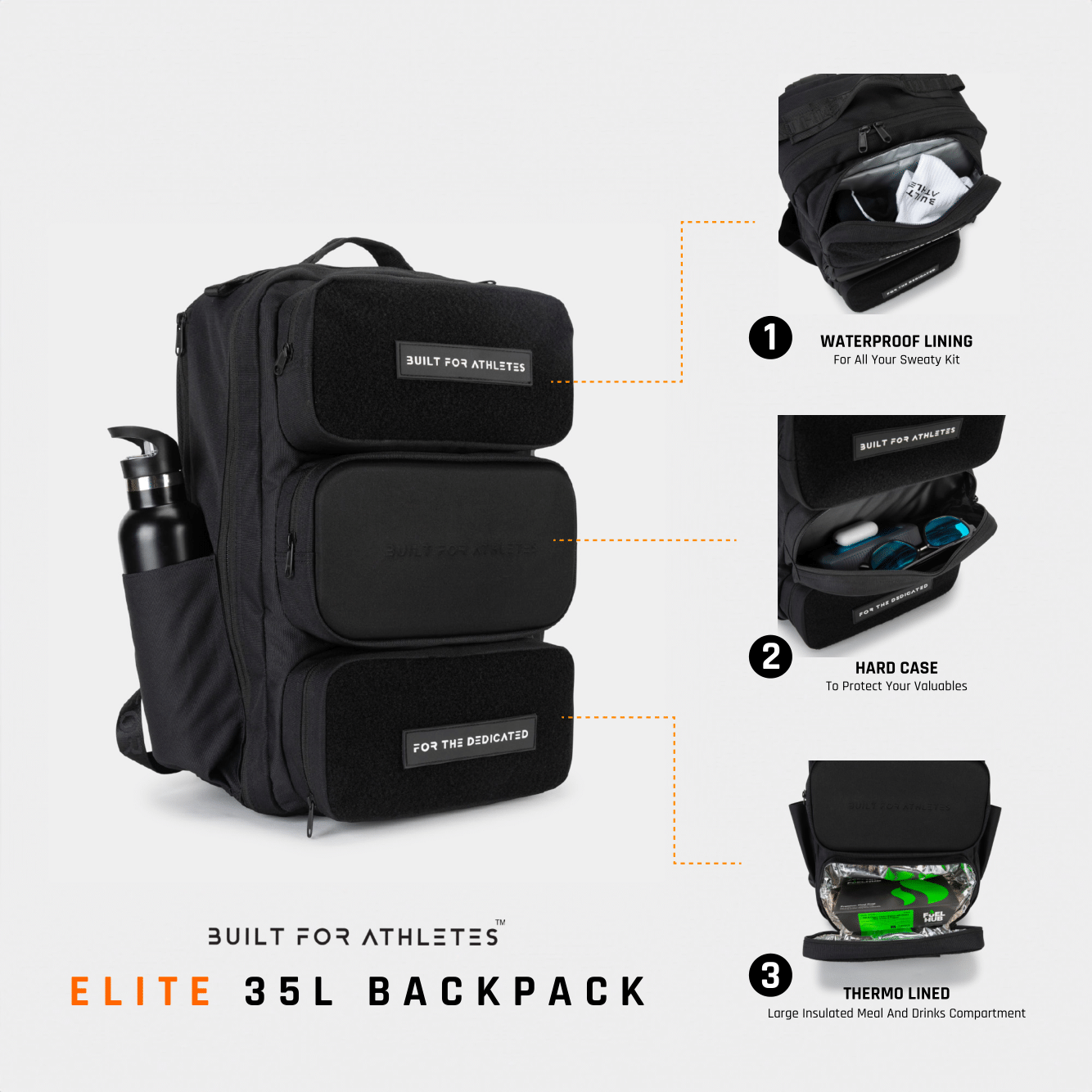




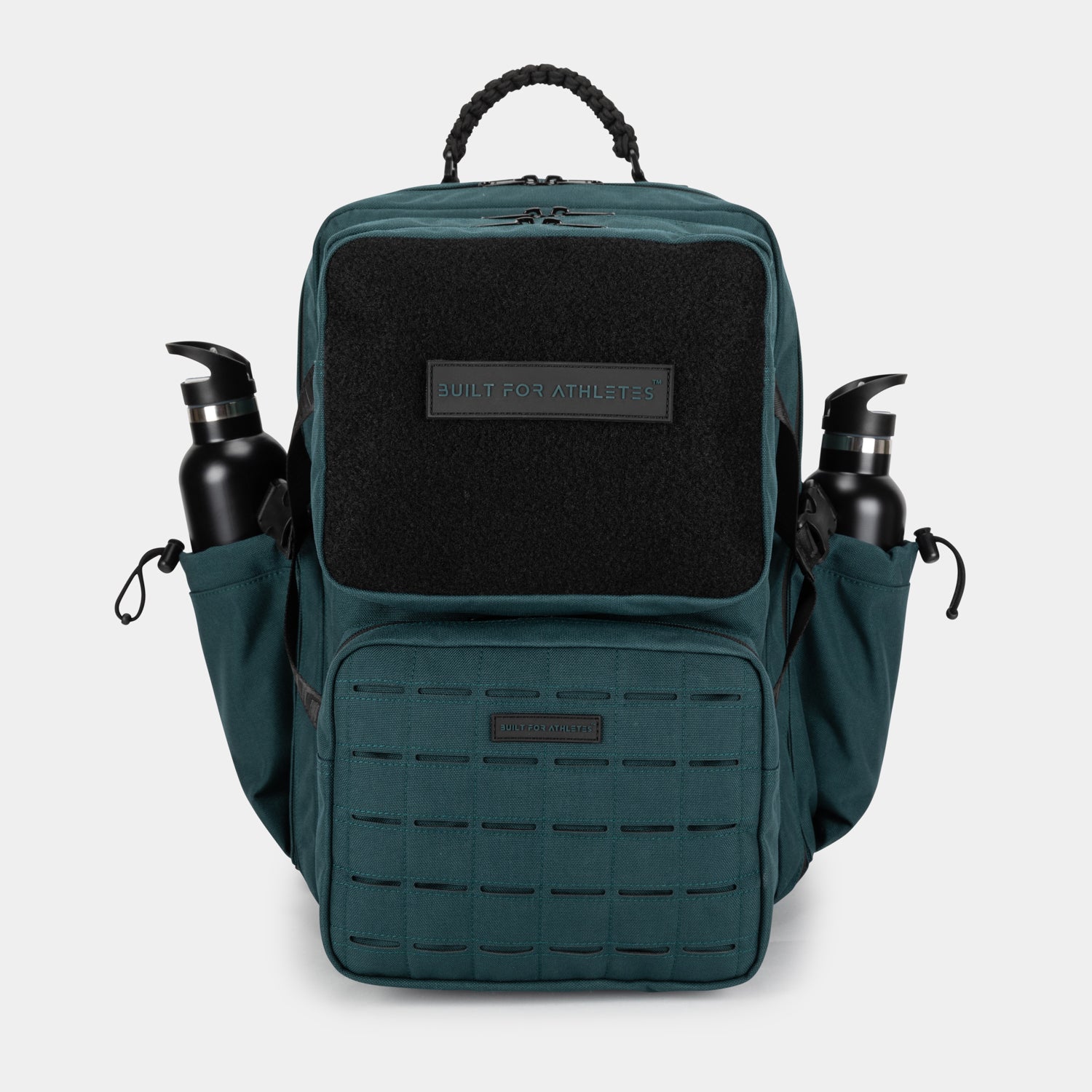
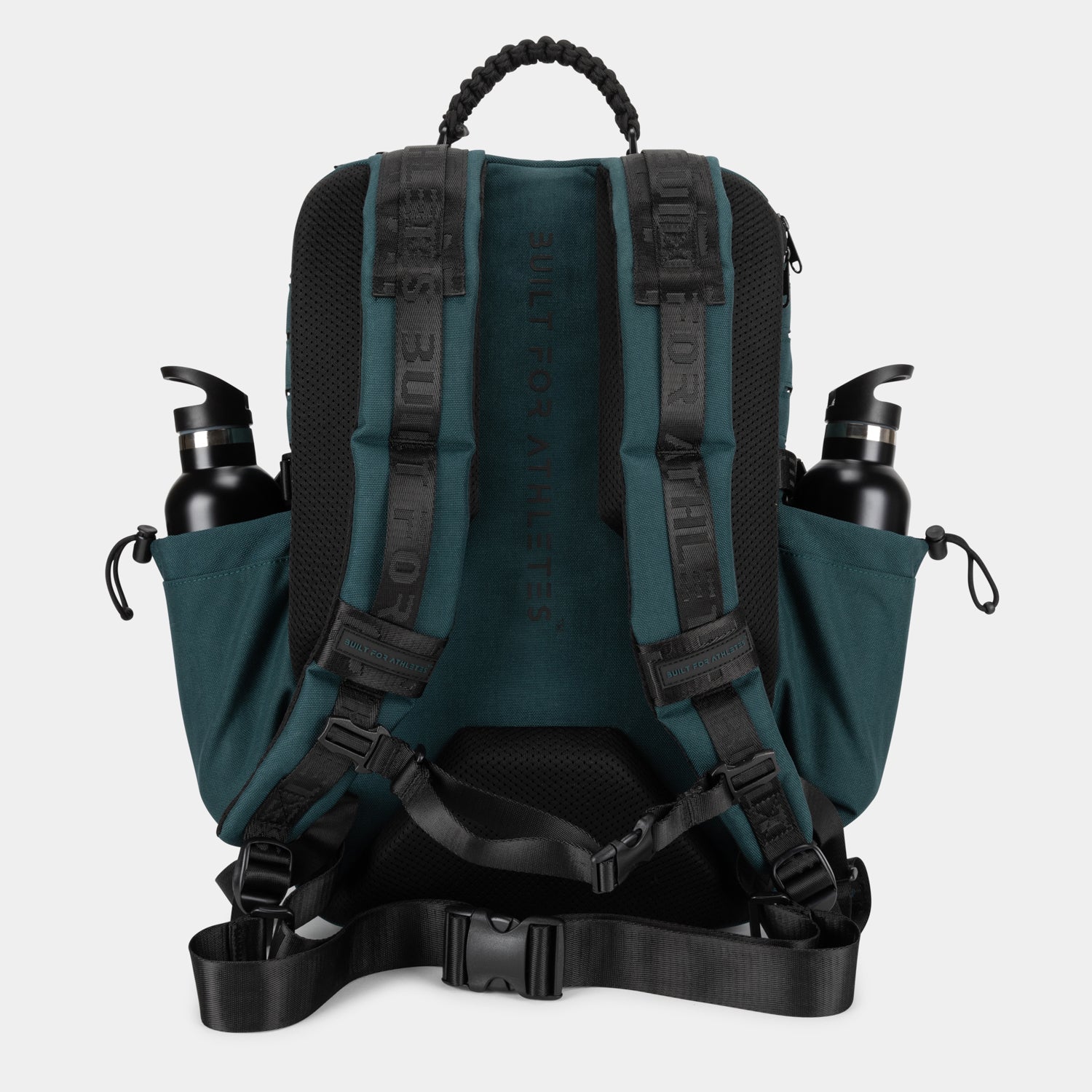

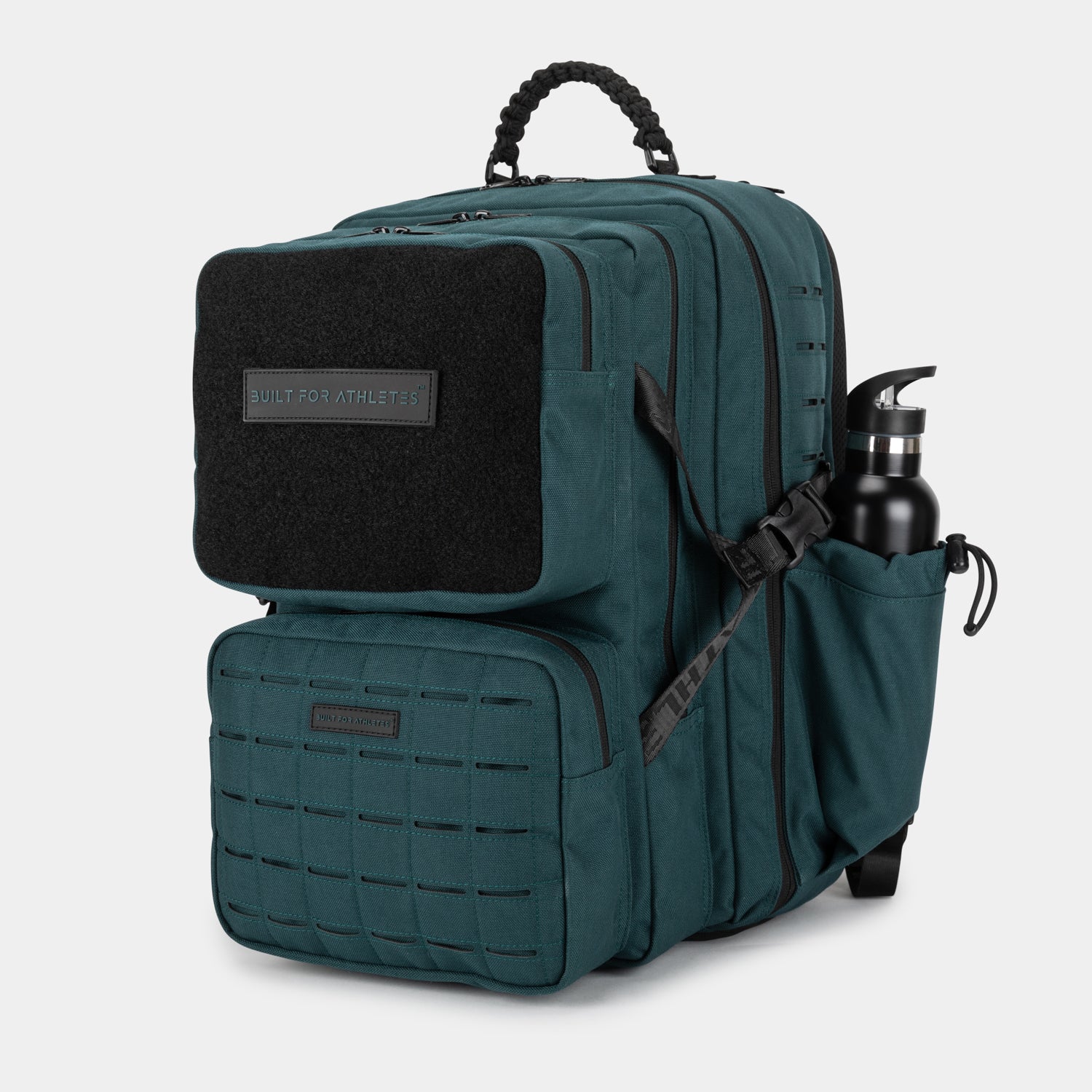
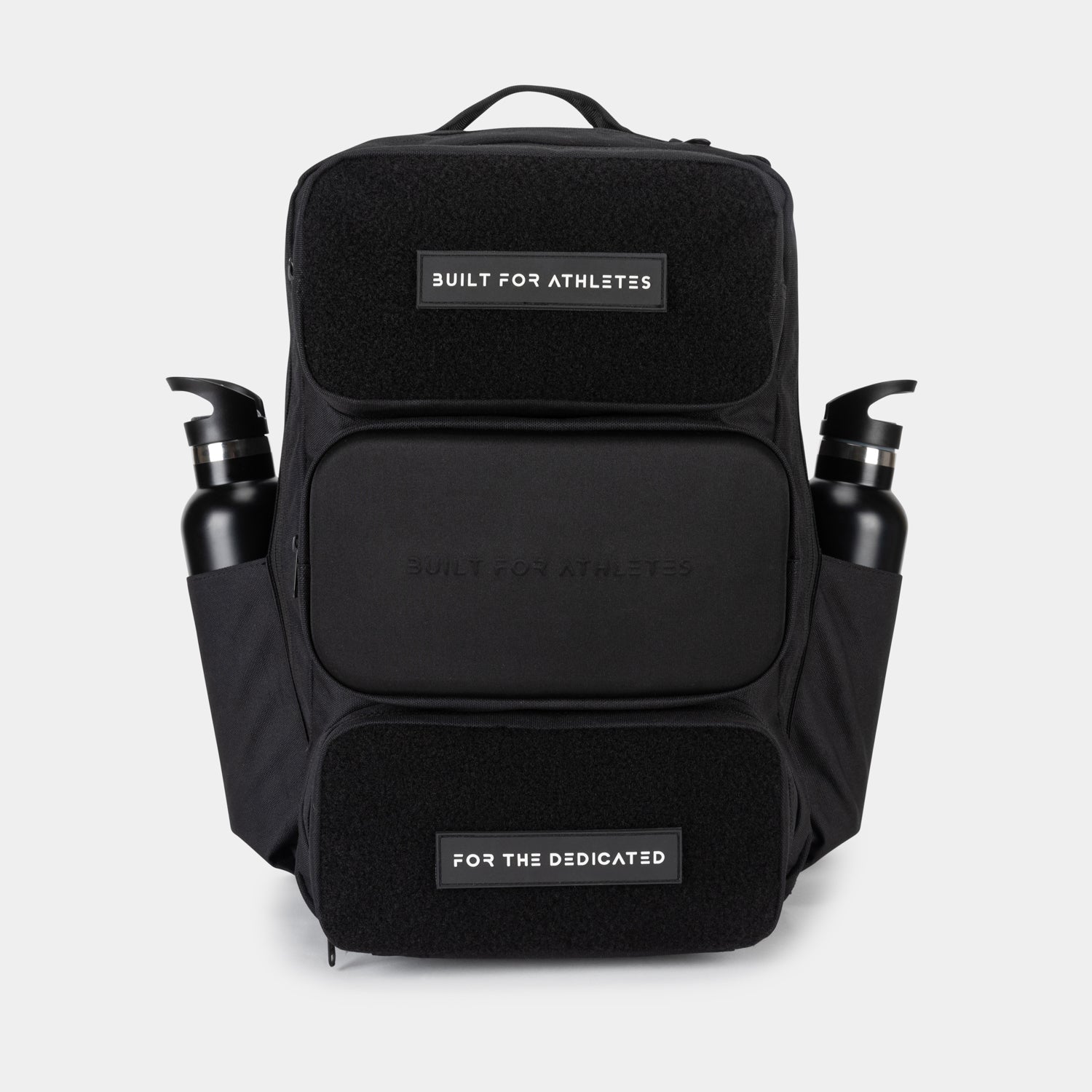

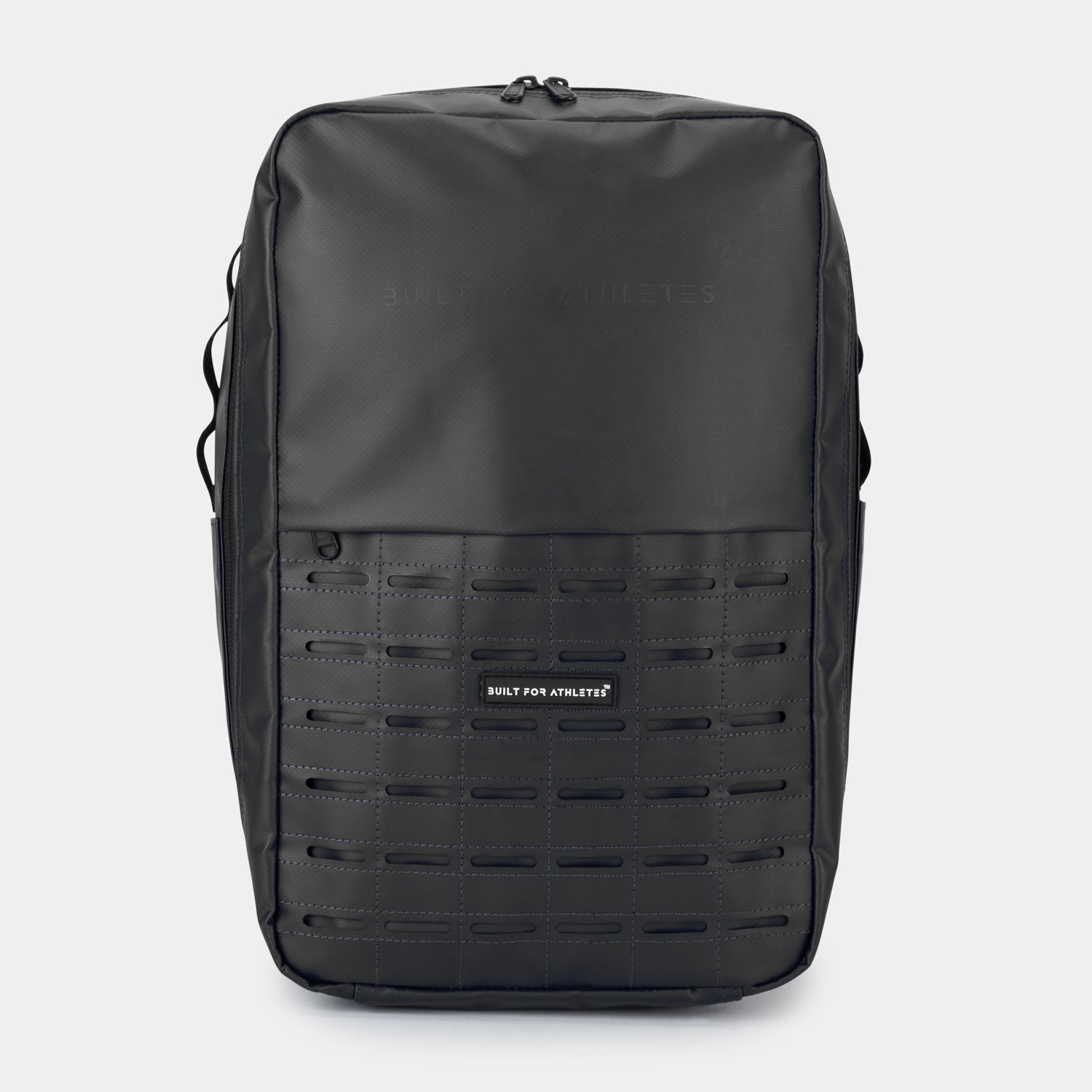
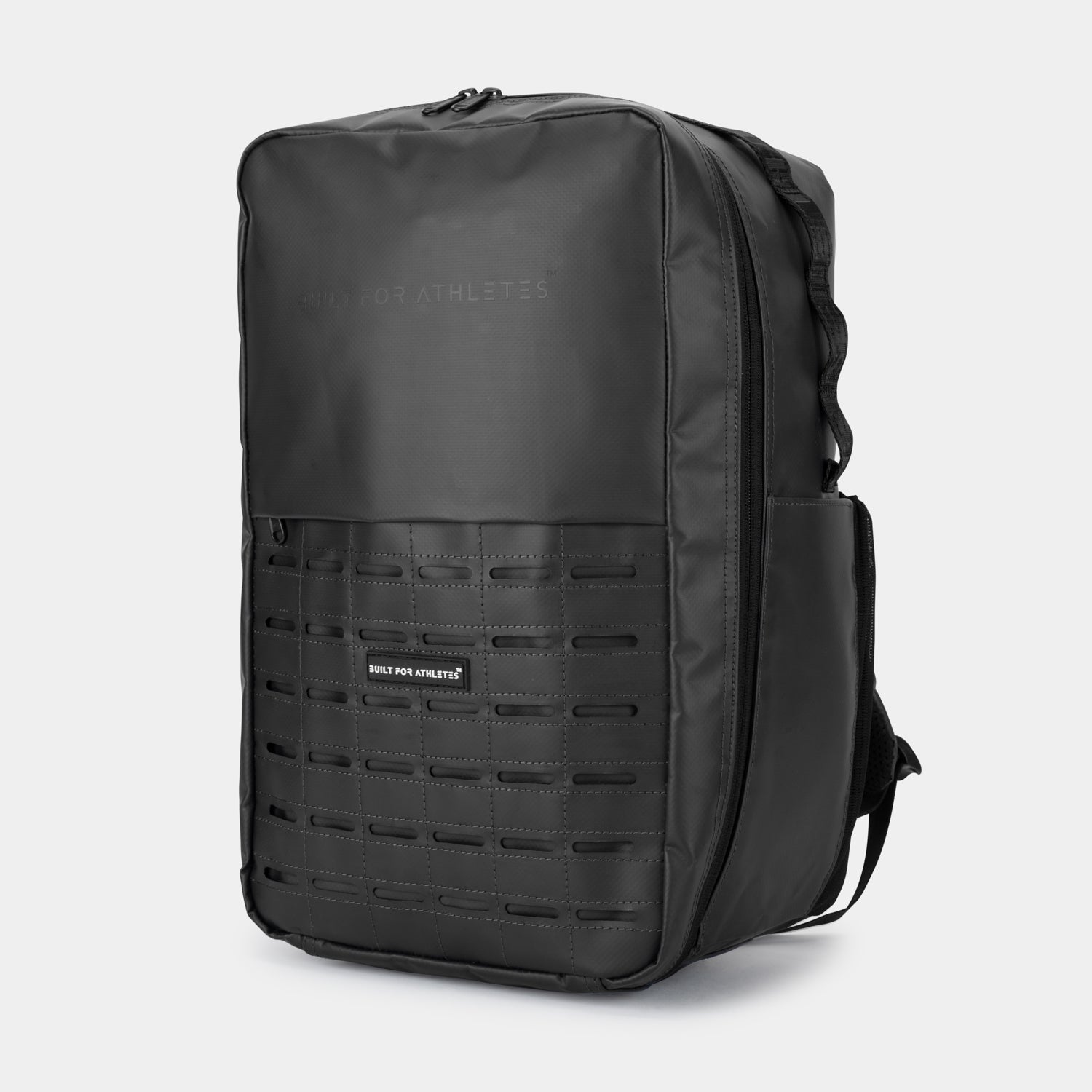
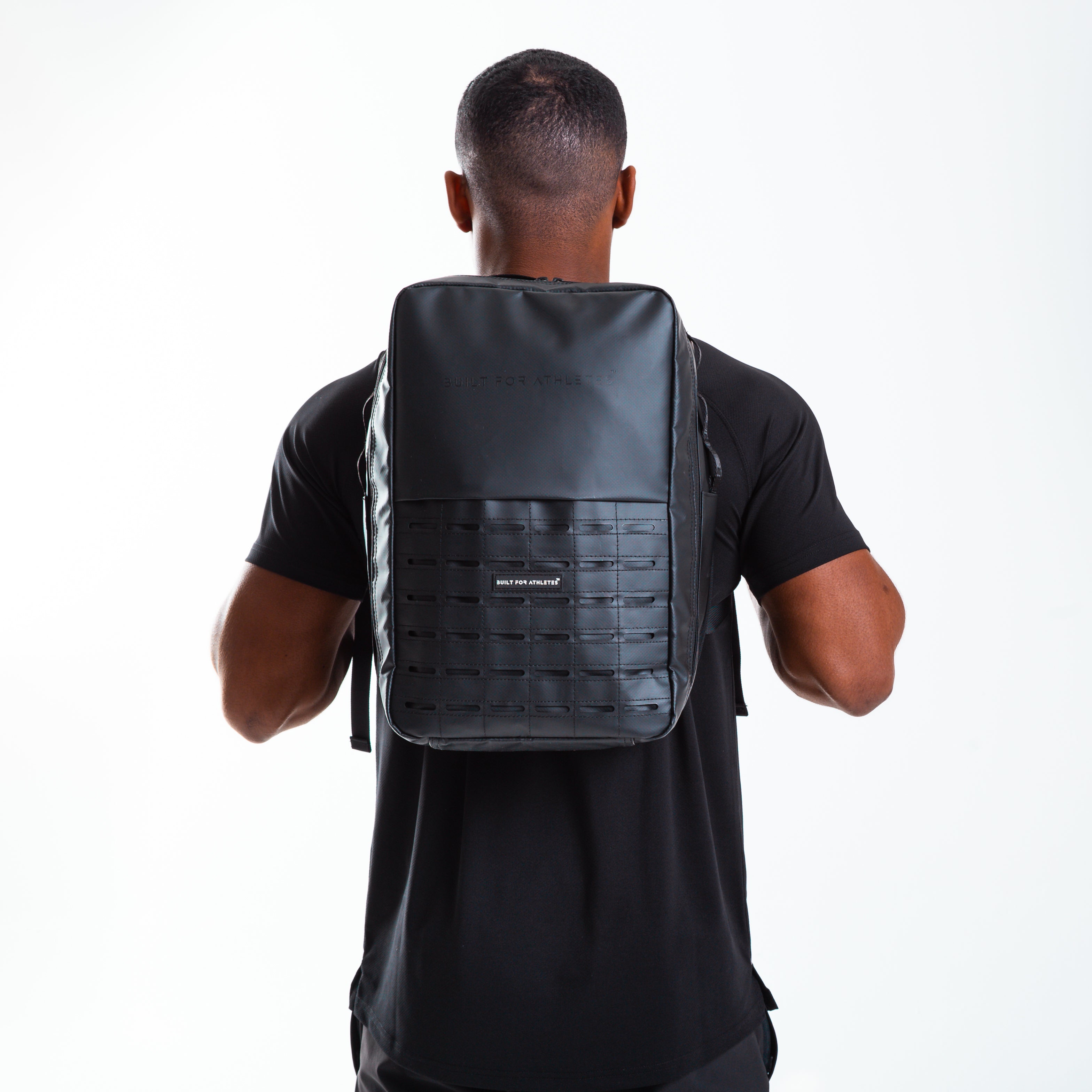
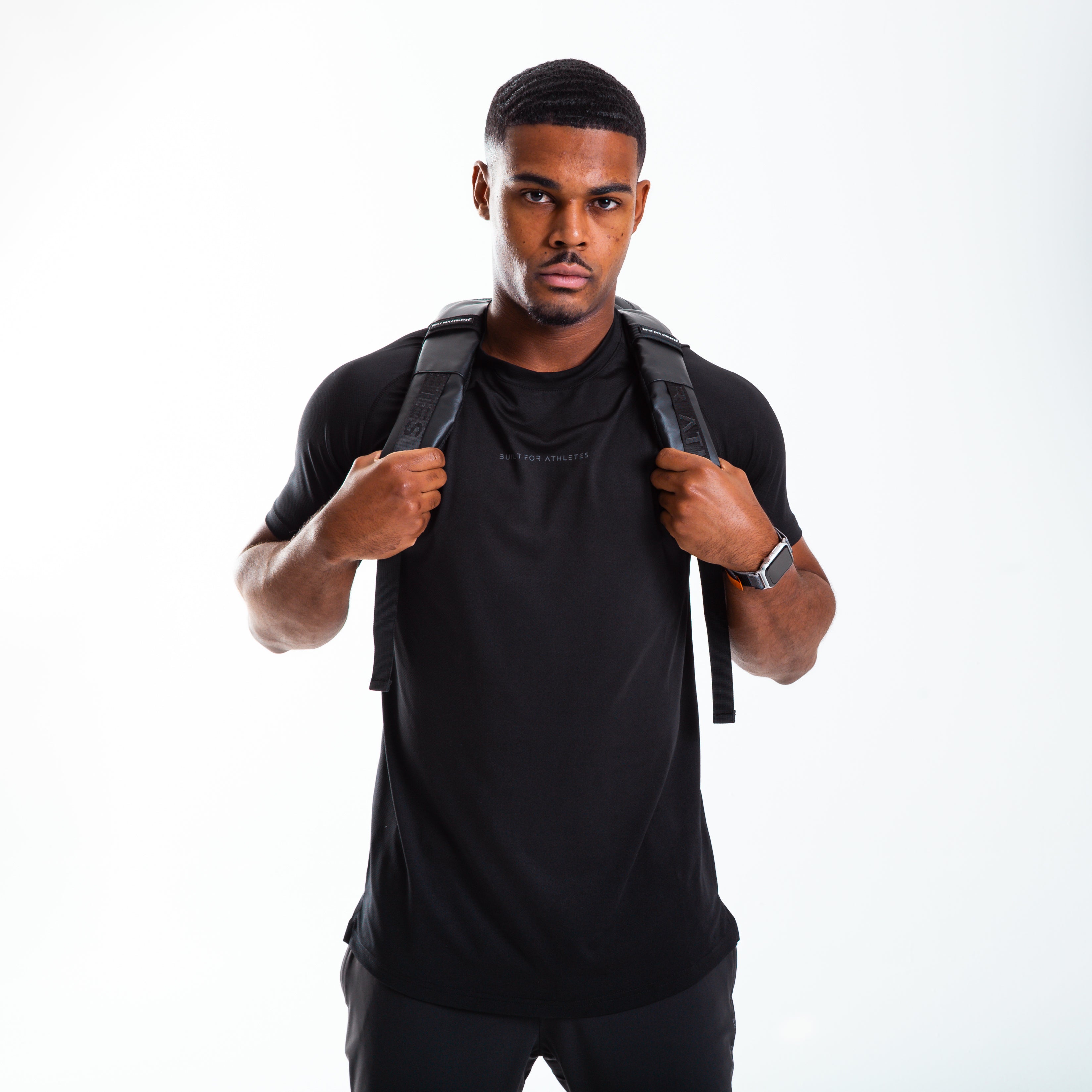


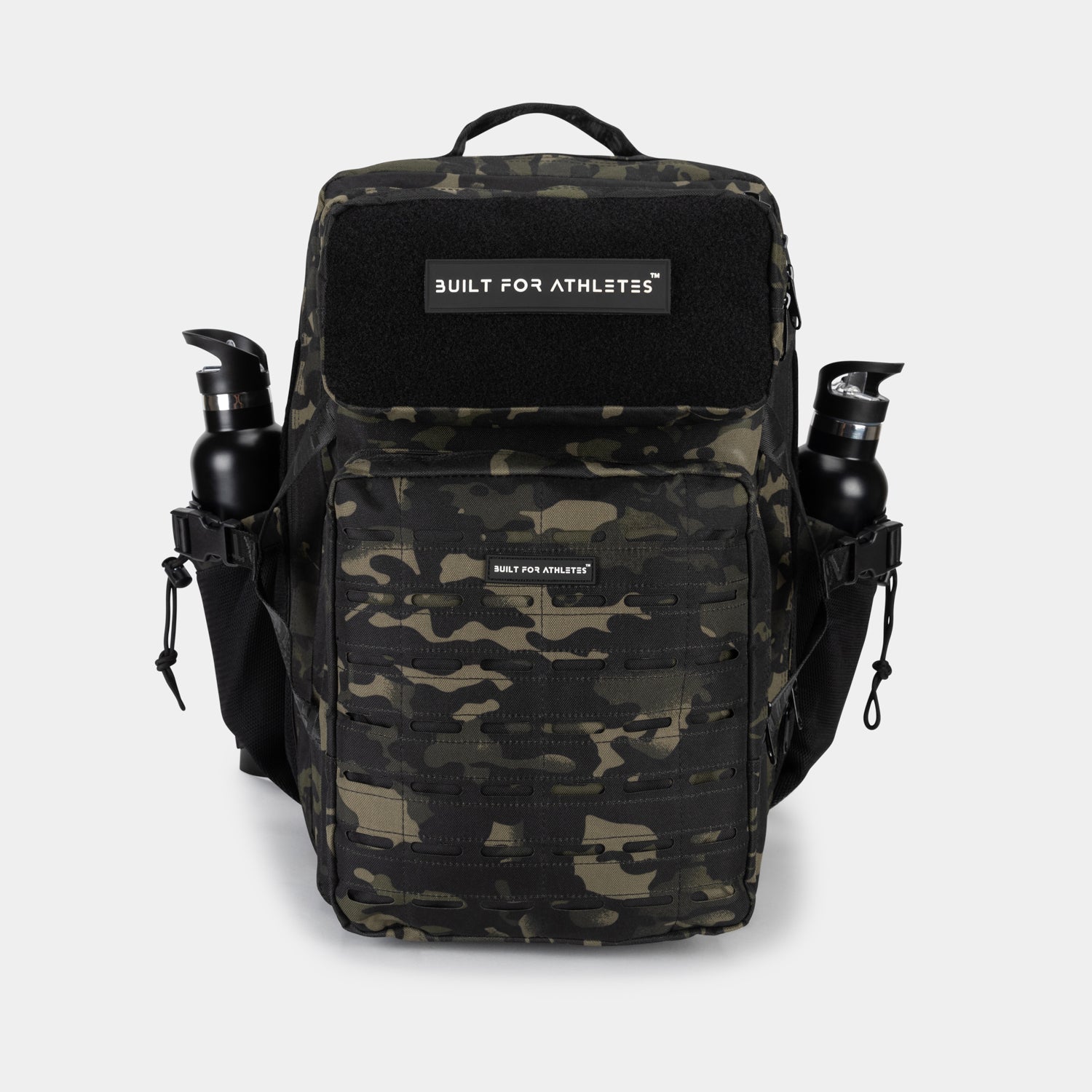
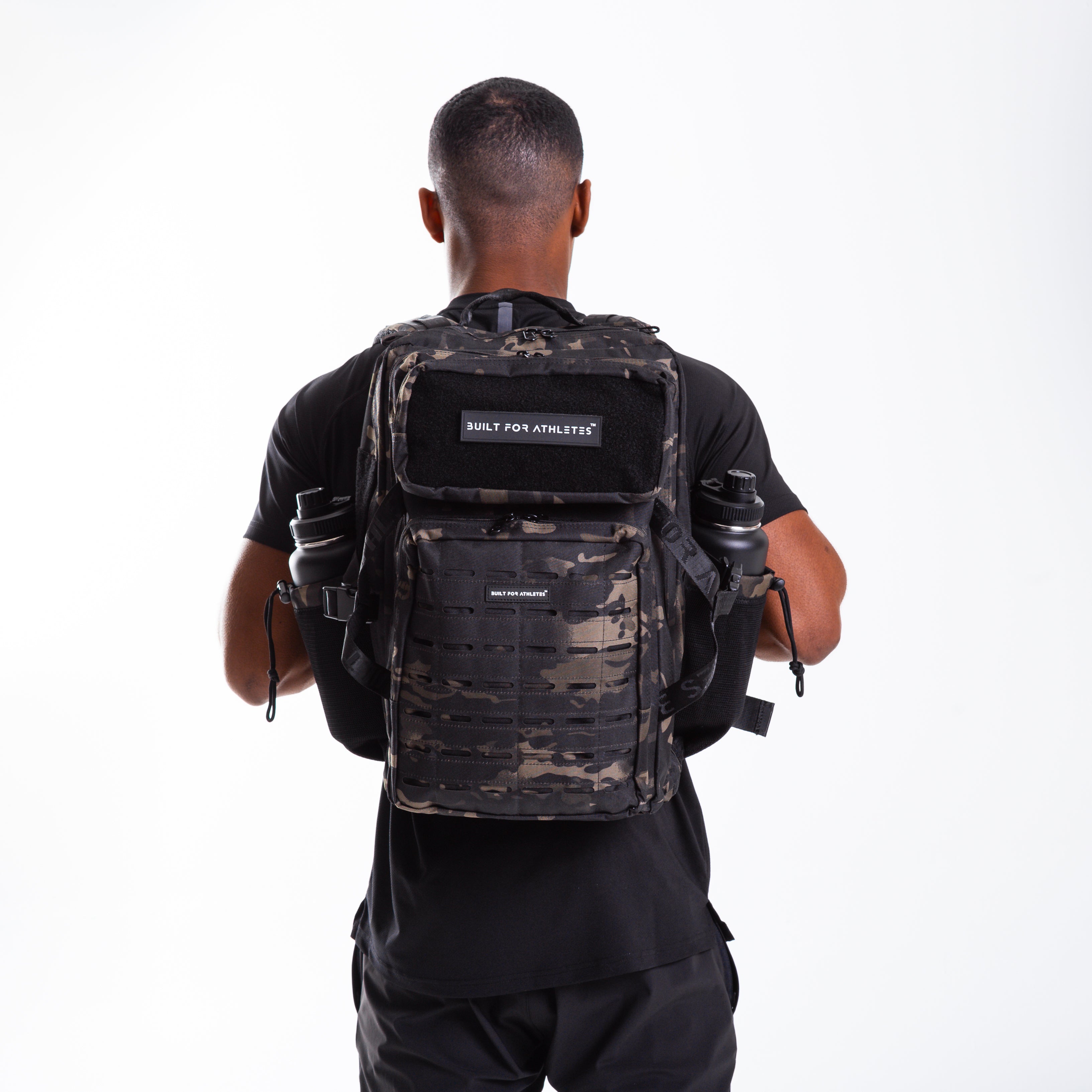
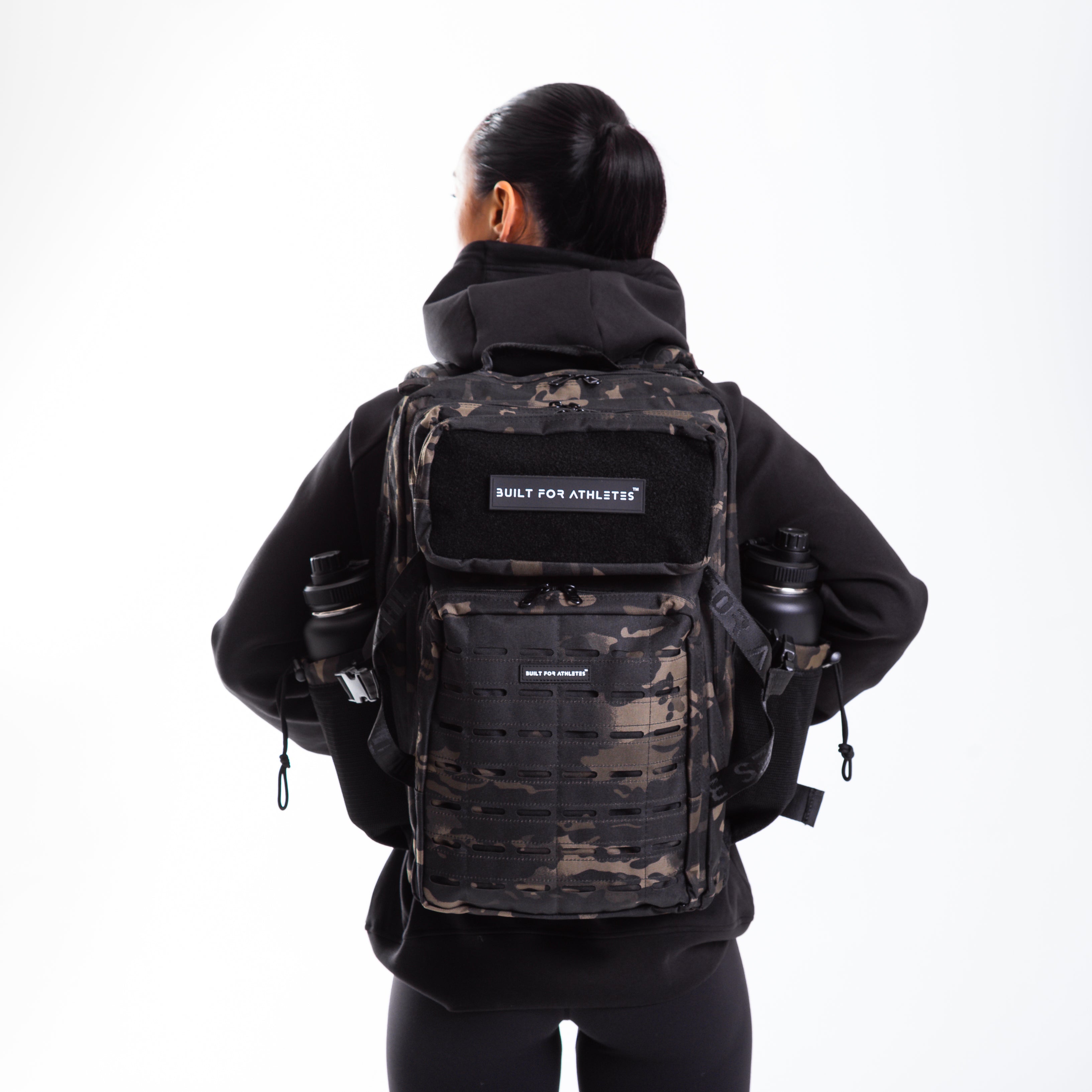
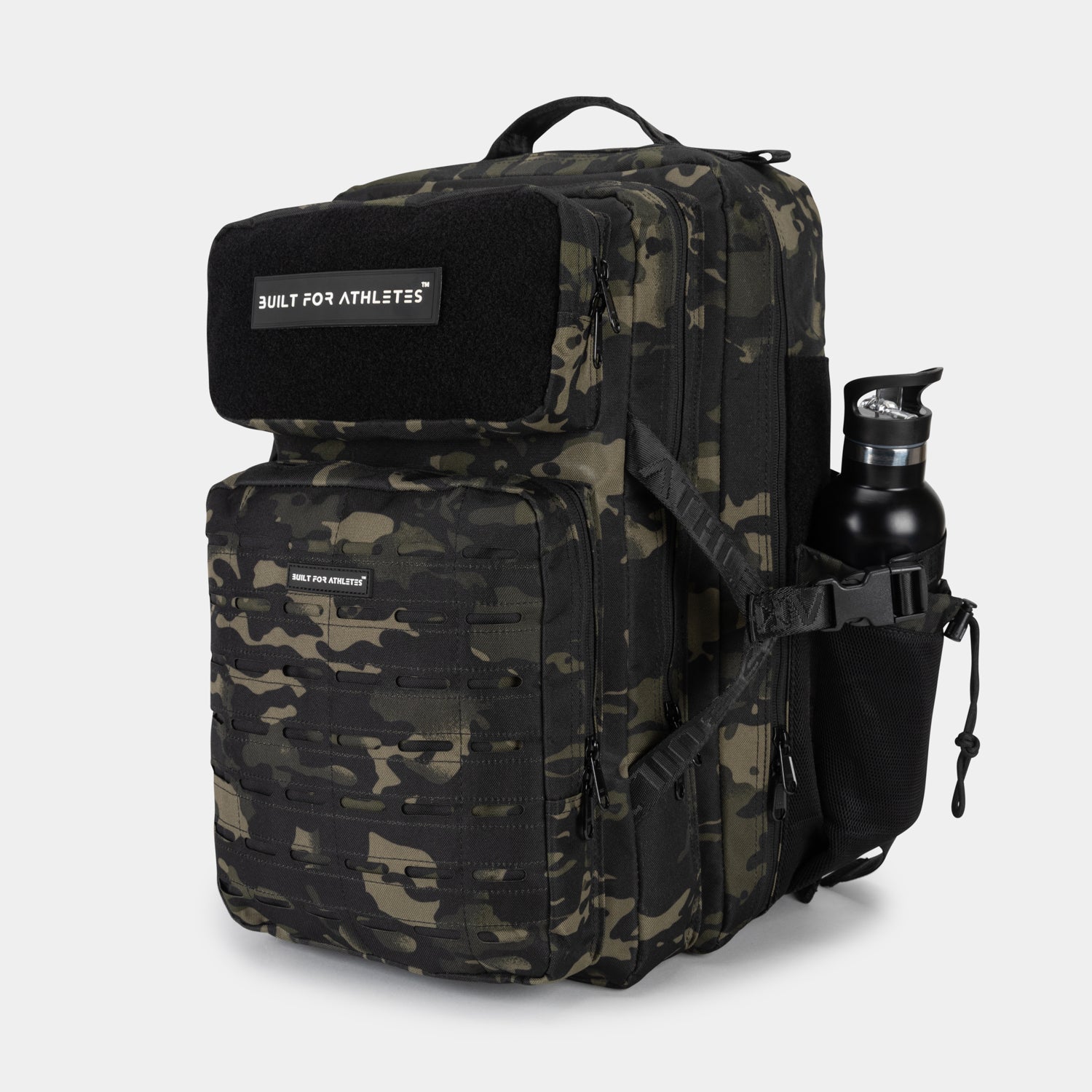

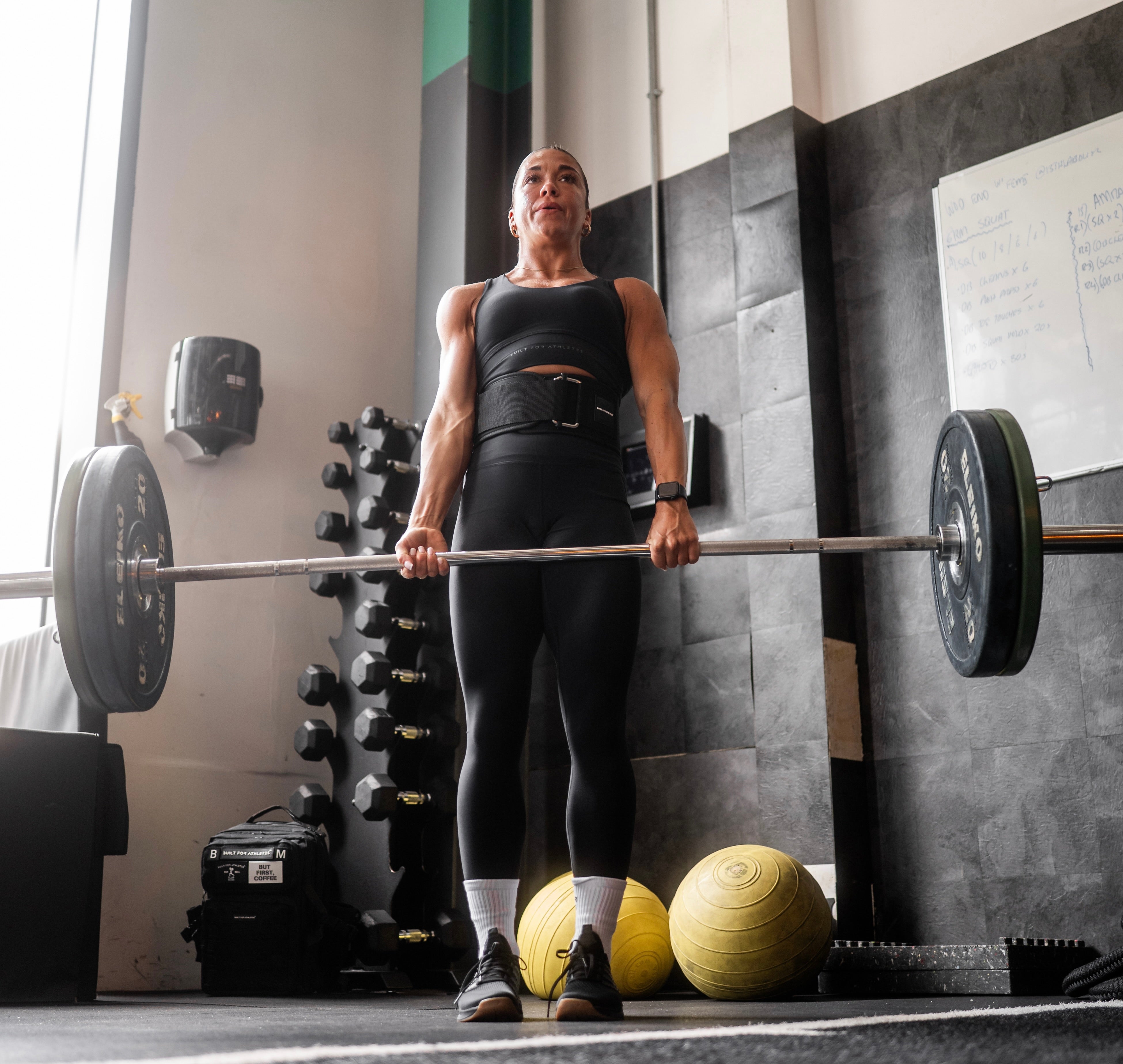
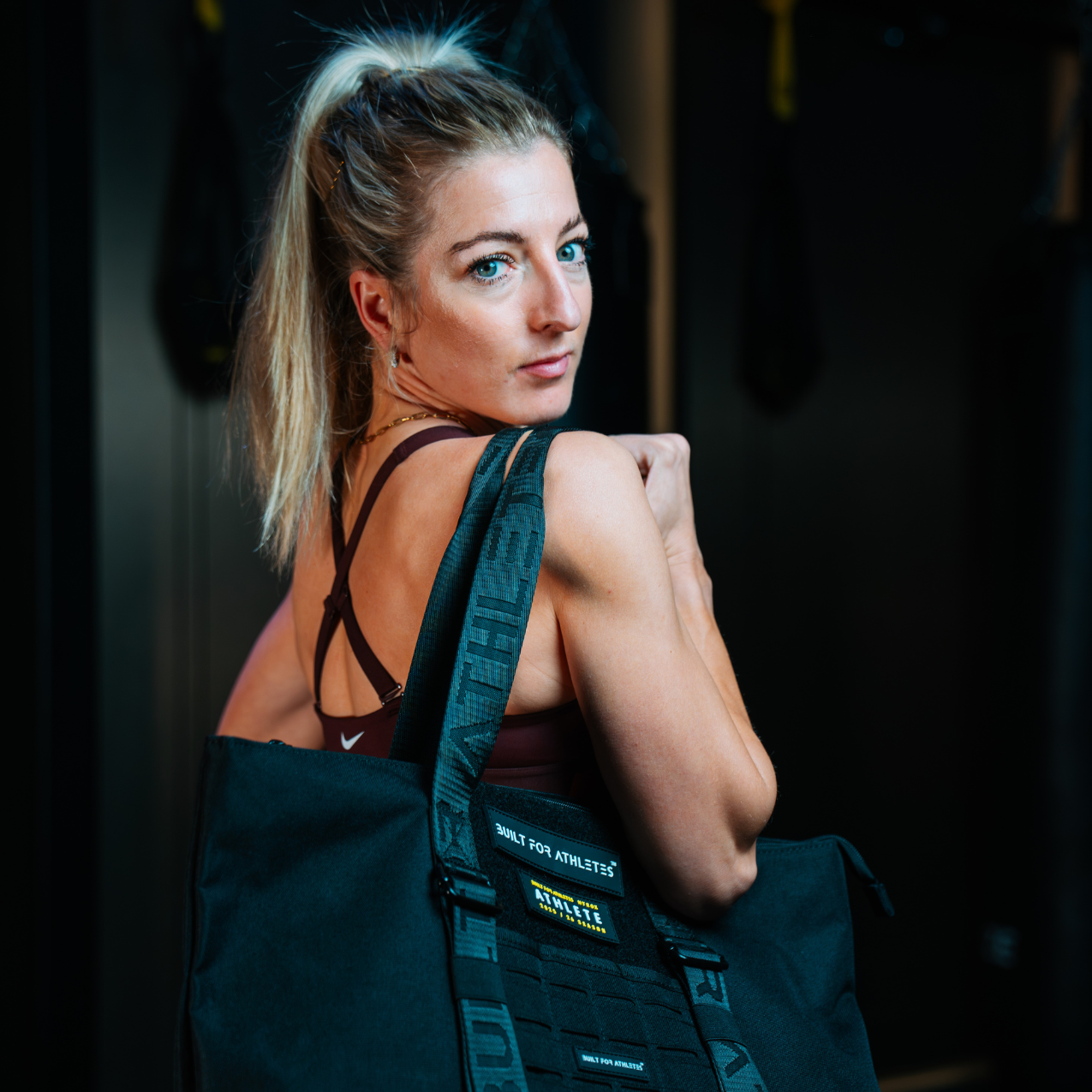
Share:
Exercise Lowers Risk Of Anxiety By Over 60%, New Research Shows
6 Ways Athletes Can Use Yogurt At Breakfast